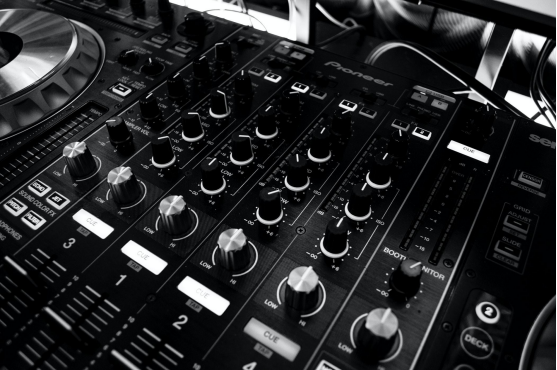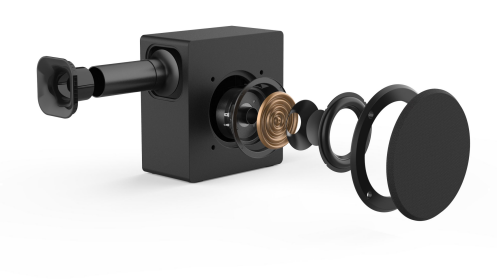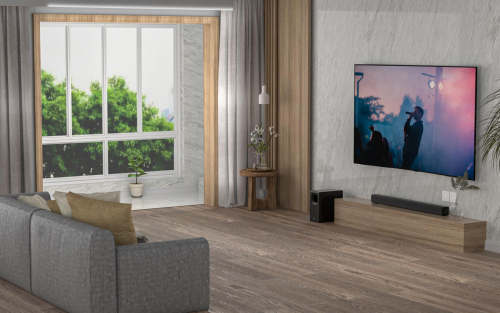Playing with audio is a very happy thing, and the success rate of playing with audio is largely based on knowledge accumulation. Every audiophile who falls in love with audio will go to the stage of researching parameters. Although the experience of sound quality cannot be standardized, the quality of hard qualities can be compared and judged without dispute. Distortion rate and SNR are recognized as very important hardware indicators when measuring audio quality, and they are also very basic indicators.

1. Distortion rate: Lost signal
When we listen to music and feel that the sound effect is not good, we often blurt out: "This sound is distorted!" Explained in terms, it means that the audio signal input into the speaker is amplified by the speaker, the output signal will have a certain signal loss. Distortion is inevitable. All speakers will have different degrees of distortion, and there are many other factors (volume, amplifier power, speaker power, etc.) that will cause actual distortion, but the degree of distortion needs to be controlled, the control parameter is the distortion rate, which describes the change of the output audio signal compared to the input audio signal, and it reflects the degree of restoration of the sound to the input signal, the lower the degree of distortion, the smaller the change and the higher the degree of restoration, the sound we hear will be closer to the original sound, listening experience will be better.

Distortion below 1% is acceptable, and some speakers can even achieve 0.01% distortion, which is very good high-fidelity sound quality. When the distortion reaches 5%, some people can hear it. The greater the distortion, the easier it is to hear it. The lower the distortion, the better the sound quality.
Generally, when buying audio, we must absolutely control the distortion within 5%, 1% is better, and below 1% is the pursuit of high-end people, but lower distortion means higher investment.
2. Signal-to-Noise Ratio: Signal and Noise
SNR is the ratio of signal to noise, generally expressed in decibels. Signals refer to audio signals from audio and video that need to be amplified through speakers. Noise refers to additional, unnecessary, and unnecessary signals that are generated after passing through speakers, and the signals do not change with the original signal. Although this noise is not exactly the same as the noise in our spoken language, it is an unnecessary sound that will affect the sense of hearing. For audio, what we hope is not to add any other extra things except amplifying the signal and keep the sound pure and authentic. The SNR of ordinary speakers reaches 60dB. The SNR of better audio is above 80dB, the SNR of professional audio is 90dB, and the SNR of more high-end hi-fi audio can reach about 110dB, which belongs to the category of monitor speakers, and is aimed at audiophiles or industry professionals.

Good audio is not to give more, but to make less lost, faithful to the original, restore details, and give the ear the most realistic and pleasant listening experience. The distortion degree of JECHO Xiaoheba TV Audio HA-860 reaches 1%, the signal-to-noise ratio ≥ 80dB, the sound quality is pure and without interference, giving users an immersive sound experience. The four high-fidelity full-range speakers adopt a symmetrical magnetic circuit design, the sound field is truly wide and not vain, the treble is delicate, the midrange is full, and the low frequency dives deeply, providing an all-round excellent listening experience. HDMI ARC interface high-definition return, a variety of interfaces without pressure output, smooth without delay, watching movies without stuttering, it is a cost-effective choice.



